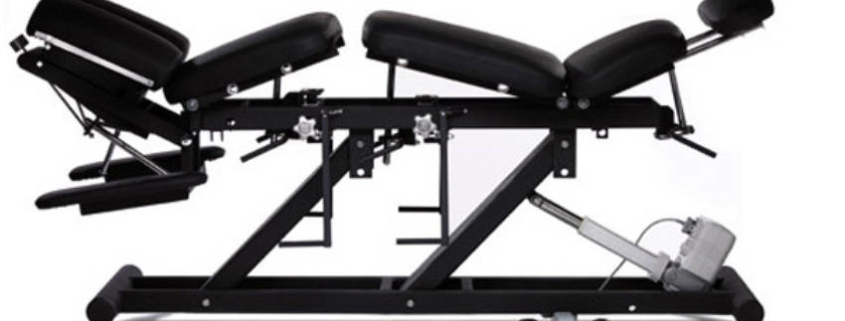Difference Between An Osteopath (Osteopathy) And A Chiropractor (Chiropractic)
Osteopathy was founded in 1874 by Dr Andrew Taylor Still, an American medical doctor. One of Dr Still’s students was Daniel David Palmer, who founded Chiropractic in 1895. The association between Dr Still and Dr Palmer is not usually mentioned in accounts of the history of chiropractic. Despite these early links, osteopathy and chiropractic are now quite different. Philosophy, treatment objective and diagnosis. A philosophy shared by osteopathy and chiropractic is the importance of the integrity of the spine in ensuring good health.
The primary objective of both osteopathy and chiropractic is to remove bodily aches and pains, and both are able to make a diagnosis by history, clinical tests and examination. Chiropractor tend to use X-rays for diagnosis, while osteopaths focus on history, clinical tests and palpation and do not order X-rays unless they are clinically indicated. This minimises a person’s exposure to radiation.
Treatment techniques
Chiropractors tend to be very focused on a limited range of techniques for manipulation of the spine. Osteopaths do not manipulate (‘click ‘) a joint the way chiropractors do, and they make use of a wider range of techniques involving the whole body. Apart from manipulation, osteopaths use stretches, massage and gentle release techniques (cranial osteopathy) without any ‘clicking’ of the joints. These techniques are seldom used by chiropractors.
Treatment duration and frequency
Generally, osteopaths allow a longer treatment time with each patient than chiropractors. Also, osteopathic patients require less frequent treatments and the treatments tend to be spaced out over a longer period, rather than once or twice weekly.
Some chiropractors like to encourage their patients to sign on for a course of 10 to 20 treatments, even for minor complaints. Osteopaths do not usually impose such requirements. Depending on a person’s condition, most complaints require just a few treatments, normally between three and four. In more serious cases the patient is advised to undergo regular treatment over a prolonged period.
The above, of course, is the opinion of an osteopath, also based on clinical experiences of patients and opinions of other health professionals. However, a chiropractor may have a slightly different view.
View a list of common complains that Osteopathy can assist with
Discovery the benefits of Osteopathy
- What is Osteopathy?
- Adult health issues
- Babies and Children
- During and after pregnancy
- Common Complaints
- Testimonials
- Sports Injuries
- Genral Osteopathy FAQs
- The Science & Reasearch



